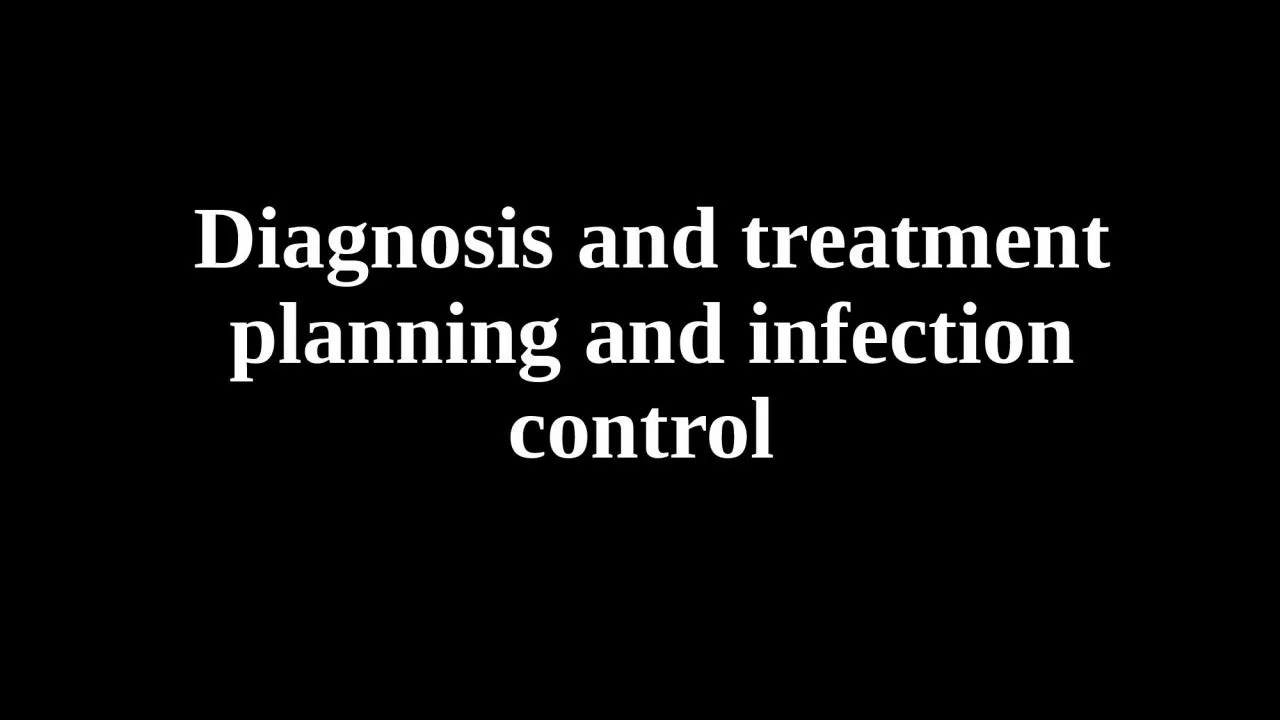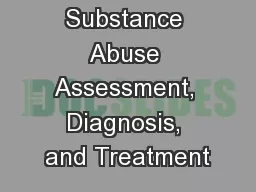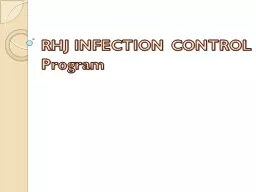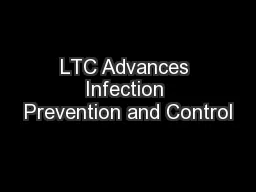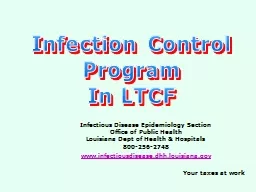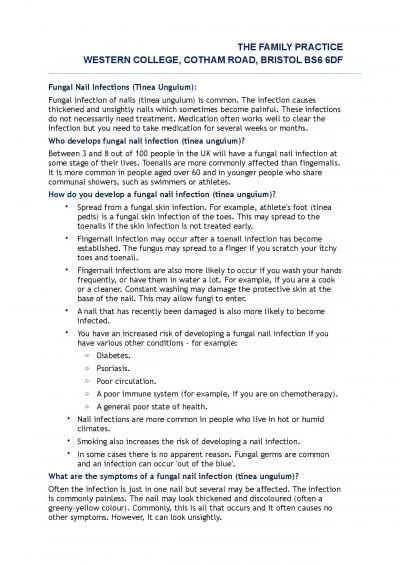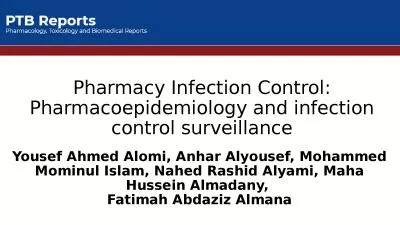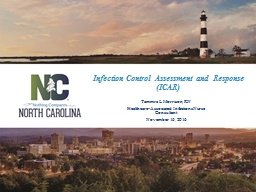PPT-Diagnosis and treatment planning and infection control
Author : bency | Published Date : 2022-07-15
Examination The procedure for examination of the patient requiring RPD consists of a thorough and systematic investigation of the structure of stomatognathic system
Presentation Embed Code
Download Presentation
Download Presentation The PPT/PDF document "Diagnosis and treatment planning and inf..." is the property of its rightful owner. Permission is granted to download and print the materials on this website for personal, non-commercial use only, and to display it on your personal computer provided you do not modify the materials and that you retain all copyright notices contained in the materials. By downloading content from our website, you accept the terms of this agreement.
Diagnosis and treatment planning and infection control: Transcript
Download Rules Of Document
"Diagnosis and treatment planning and infection control"The content belongs to its owner. You may download and print it for personal use, without modification, and keep all copyright notices. By downloading, you agree to these terms.
Related Documents

